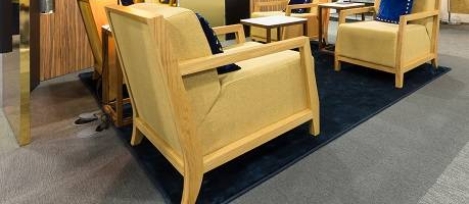June 27, 2016
Best tall buildings in the world, regional awards winners announced 0
 The Council on Tall Buildings and Urban Habitat (CTBUH) has announced the winners of its annual Tall Building Awards for 2016. The Awards are, judged by a panel of experts, primarily drawn from the property and architecture sectors. The CTBUH claims its awards provide ‘a more comprehensive and sophisticated view of these important structures, while advocating for improvements in every aspect of performance, including those that have the greatest positive impact on the individuals who use these buildings and the cities they inhabit.’ The best tall buildings have been announced for each of four regions: Americas, Asia & Australasia, Europe and Middle East & Africa. While the winners in the Middle East and US were both residential projects, the winners in Asia and Europe were both primarily office based or mixed use projects; the Shanghai Tower in Shanghai and The White Walls mixed-use building in Nicosia, Cyprus.
The Council on Tall Buildings and Urban Habitat (CTBUH) has announced the winners of its annual Tall Building Awards for 2016. The Awards are, judged by a panel of experts, primarily drawn from the property and architecture sectors. The CTBUH claims its awards provide ‘a more comprehensive and sophisticated view of these important structures, while advocating for improvements in every aspect of performance, including those that have the greatest positive impact on the individuals who use these buildings and the cities they inhabit.’ The best tall buildings have been announced for each of four regions: Americas, Asia & Australasia, Europe and Middle East & Africa. While the winners in the Middle East and US were both residential projects, the winners in Asia and Europe were both primarily office based or mixed use projects; the Shanghai Tower in Shanghai and The White Walls mixed-use building in Nicosia, Cyprus.

































June 20, 2016
What happens when you take transparent office design to extremes 0
by Mark Eltringham • Case studies, Comment, Facilities management, Furniture, Workplace design
(more…)